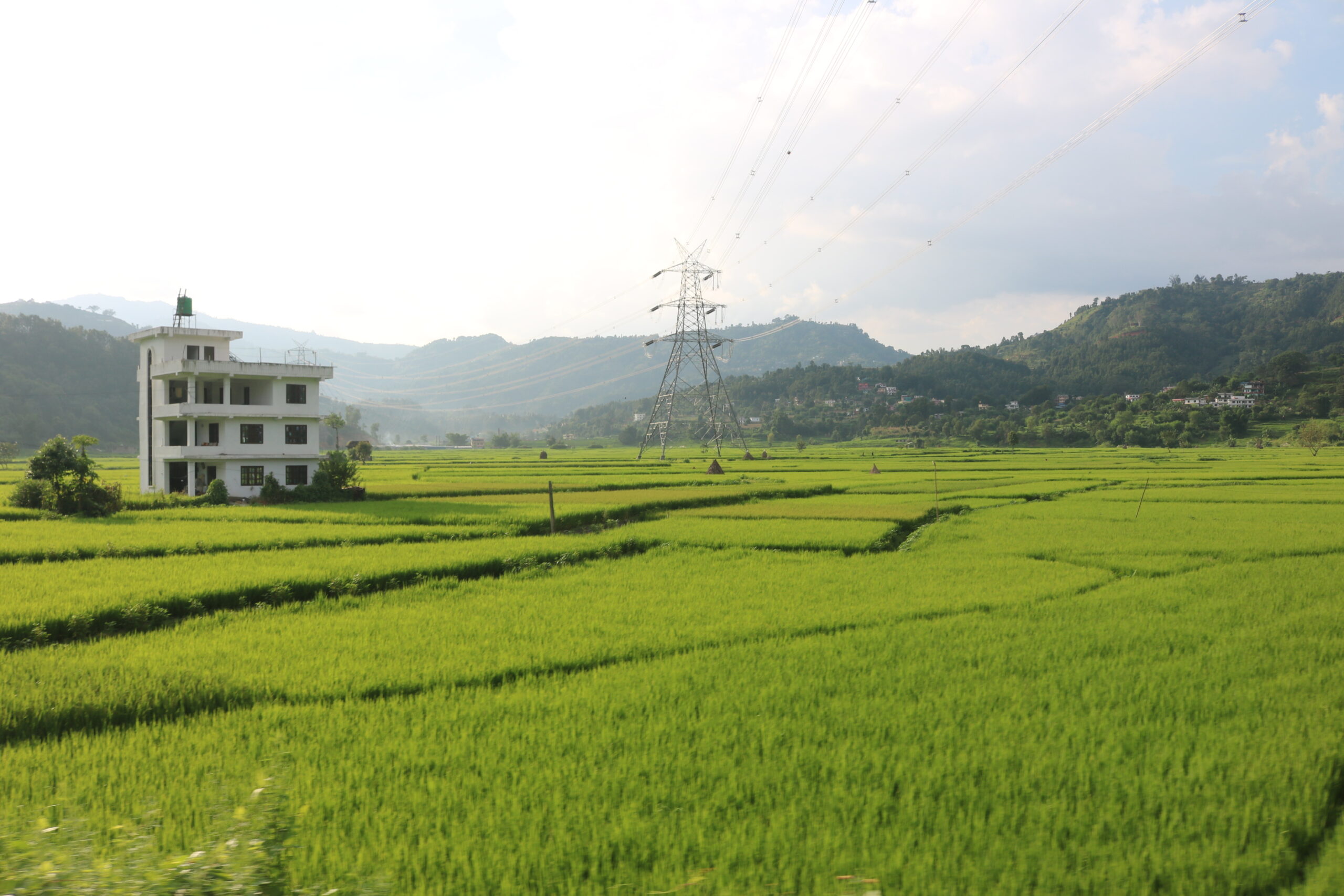Nepal’s Energy Landscape
Nepal’s persistent energy scarcity stems from its heavy reliance on traditional biomass and imported fossil fuels, which account for 68% and 28%, respectively, of the 14.464 million tons of oil in 2019. Out of this, only 3.2% came from renewable energy sources. Despite 92.2% of households in the country having access to electricity in 2021, the per capita electricity consumption remains low, particularly in areas where firewood and other traditional sources of energy still dominate. 1 Nepal possesses immense renewable energy potential, yet its current utilisation remains minimal. For instance, hydropower accounts for only 3.5% of the total energy mix, with just 2% being harnessed as an energy source, even though the country’s projected capacity is 83 GW, of which 45 GW is commercially viable. Solar energy also presents a vast opportunity, given Nepal’s more than 300 sunny days per year, with a theoretical potential of 100 times greater than all other energy sources combined. However, the expansion of solar power faces major hurdles due to land constraints, as the country’s rugged terrain and highly fragmented land ownership – where 85% of farming households own less than one hectare, often divided into smaller parcels averaging 0.19 hectares – make land acquisition for large-scale projects more difficult. Moreover, policy barriers have impeded the use of public land for large-scale renewable energy projects. 2 Similarly, wind energy, particularly in the Mustang District, remains largely untapped, with only a few small turbines supplying off-grid areas. Again, the country’s difficult terrain makes transporting large turbines to high-potential locations a logistical challenge, further compounded by the lack of sufficient data measurement stations and research on feasibility. Other renewable sources, such as biogas and geothermal energy, also remain underdeveloped. Despite the identification of 29 geothermal springs, outdated expertise, limited trained personnel, inadequate infrastructure, and past project failures, such as the stalled Glitnir Bank initiative, have hindered progress in utilising this resource. 3 4 While Nepal faces significant barriers in its transition to renewable energy, addressing policy constraints, improving infrastructure, and creating more opportunities for investments and research will be essential in unlocking its renewable energy potential to contribute to its long-term energy security.
Read the full case brief:




Comments are closed